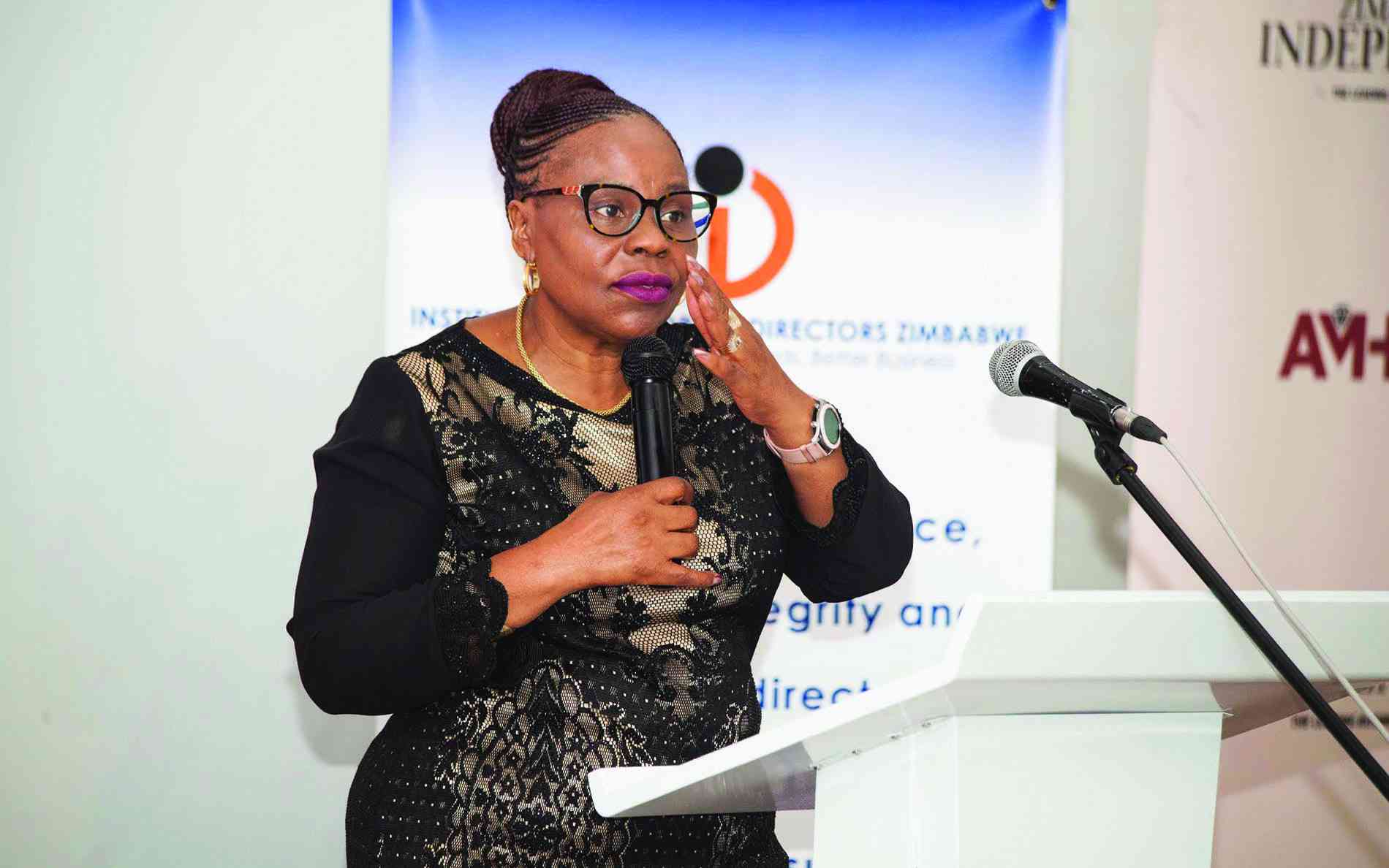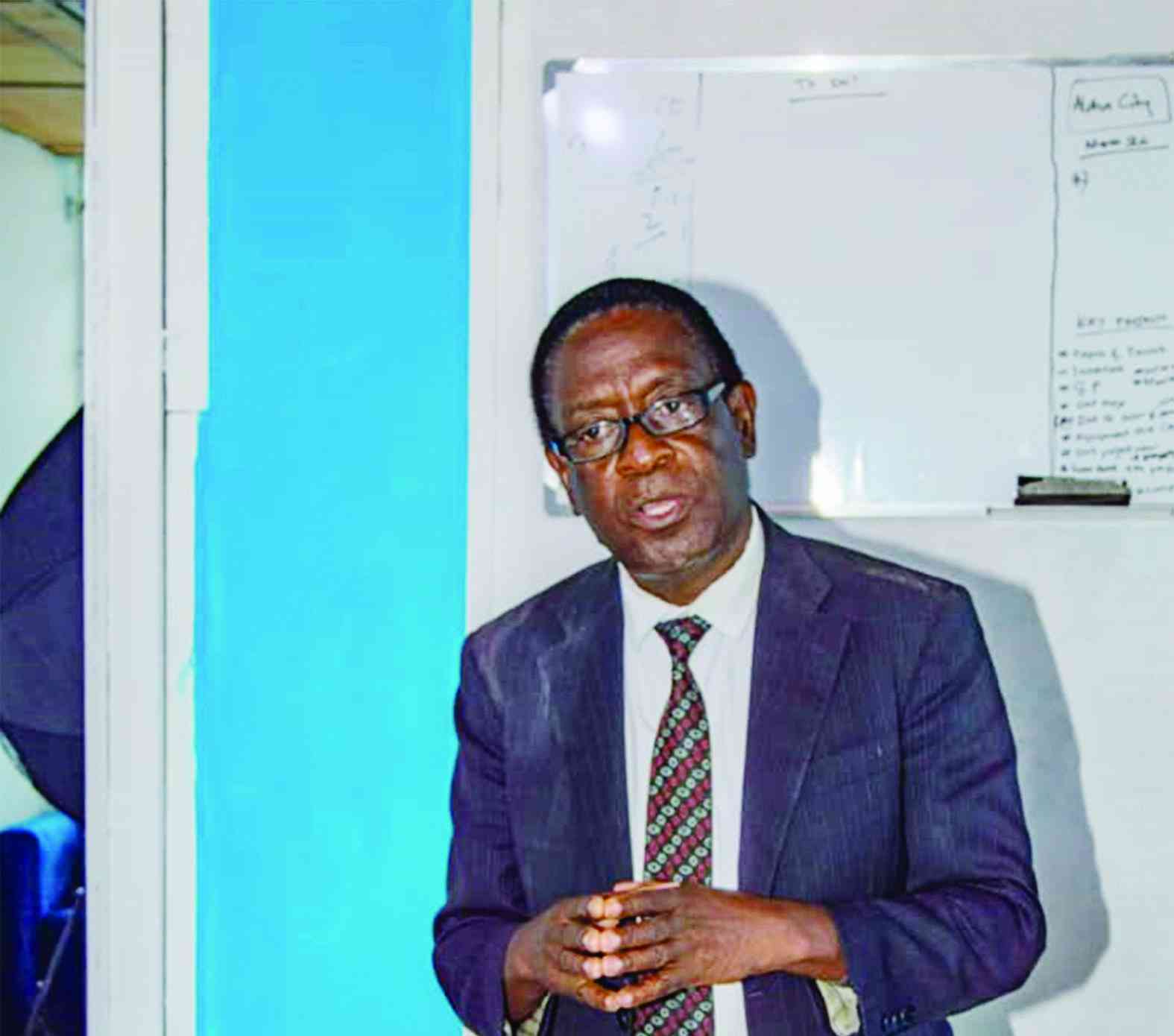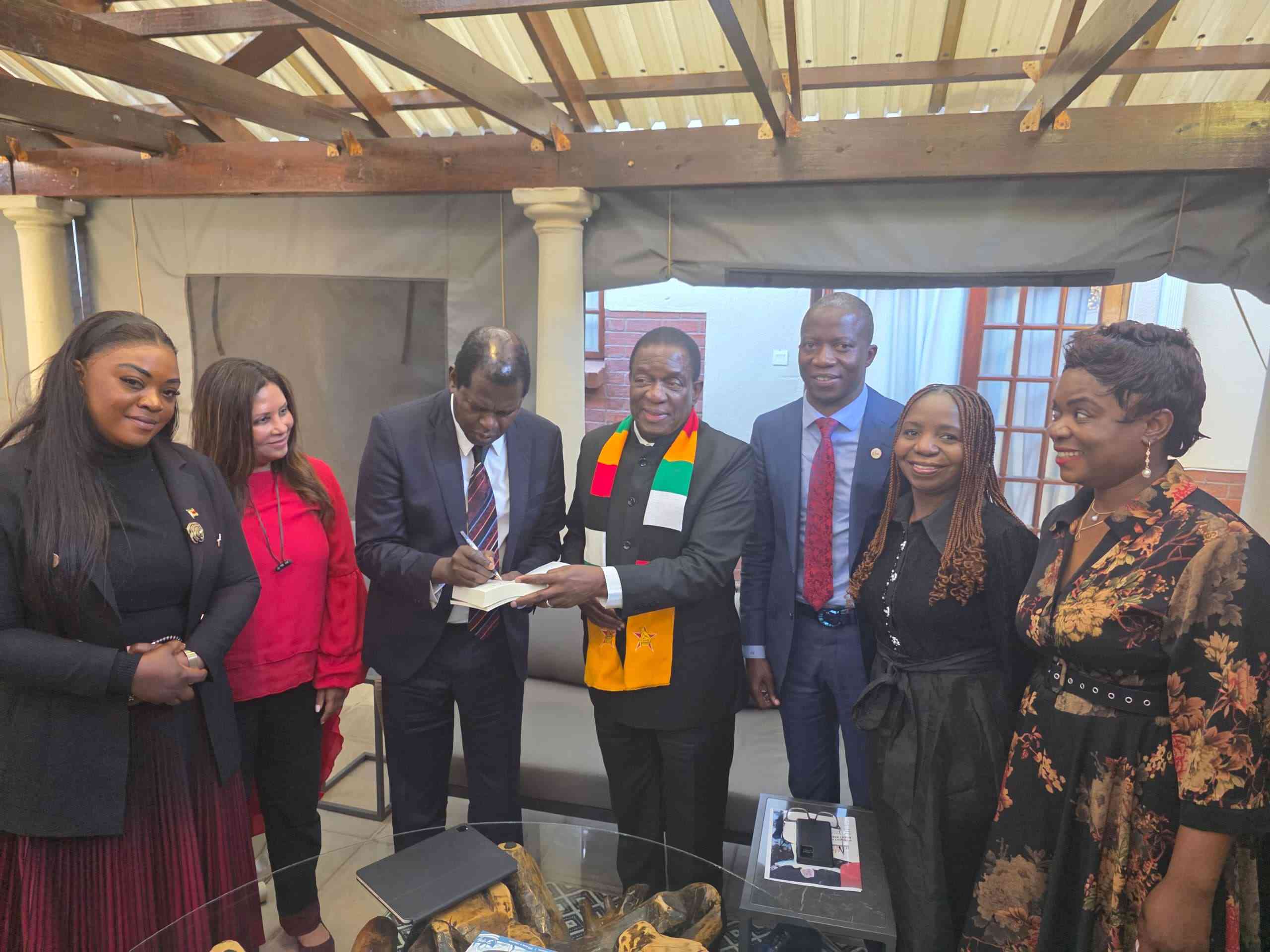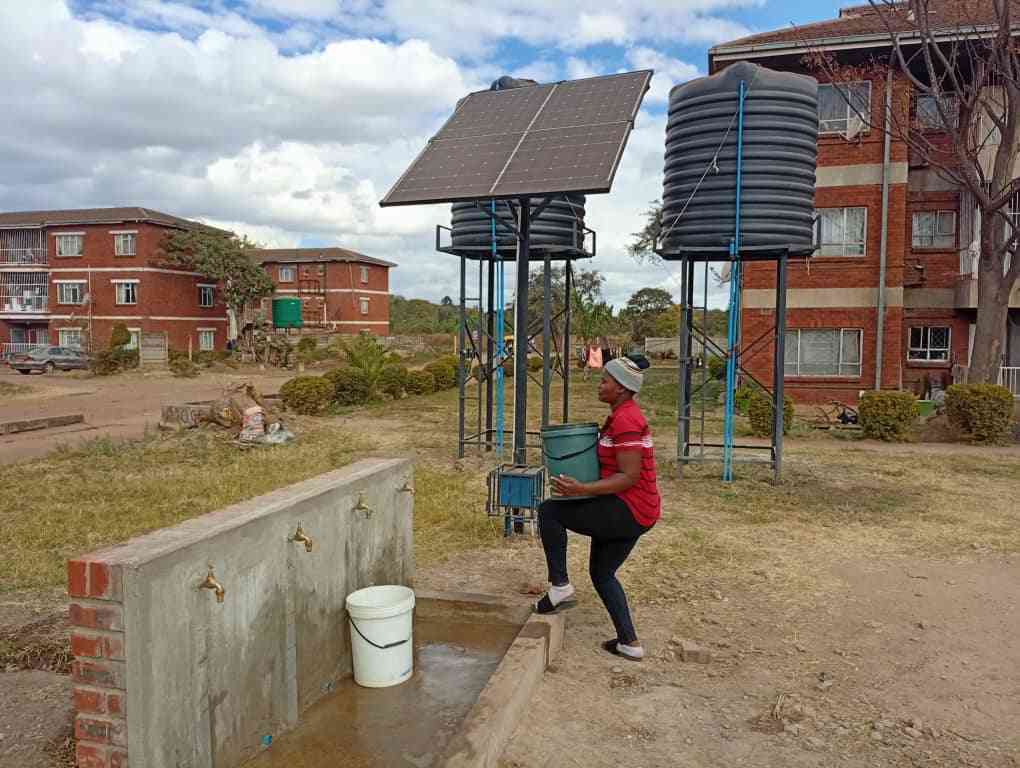
Businesses around the world have committed themselves to fight corruption in all forms embracing the UN Global Compact 10th Principle.
Corruption in supply chains includes bribery and extortion.
The problem is compounded by the sophisticated nature of the procurement process that is coupled with globalisation. Concerted efforts are required to put a stop to the rot. Effectiveness of business is dependent on the integrity of supply chains.
Misprocurement is a purchasing process that is not in sync with provisions of the law and poses great risks in supply chains. Corruption in procurement operates in cartels. The procurement crimes around the world are prevalent at all institutional levels.
Reports on fraudulent procurement deals are a norm and include ministers of State, directors and managers and the buyers. The political environment is restraining efforts to control corruption crimes. Genuine corruption matters can be labelled political at the detriment of justice.
Various procurement fraud dockets are pending and might never see the light of justice at the peril of the ordinary citizens’ desire for justice.
Accounting the cost of corruption would include assessment of the direct costs of such transactions which are often dwarfed by the indirect costs of:
lManagement time and resources that is spent in dealing with the matter
- Chamisa under fire over US$120K donation
- Mavhunga puts DeMbare into Chibuku quarterfinals
- Pension funds bet on Cabora Bassa oilfields
- Councils defy govt fire tender directive
Keep Reading
Legal liability, and
Damage and reputation to the companies involved.
With reference to the recently published Air Zimbabwe alleged scam on aircraft lease agreement, some simple calculations reveal how much the airline could possibly lose in the event that the allegations are proven.
By analysing the total cost of transaction of the operational costs and deposit required, the following simulations were possible:
lZambezi Airline cost Air Zimbabwe $9 220 000 from the deposit of $1,3 million, monthly rental of $460 000 and additional monthly fee of $200 000 yearly.
Safair wet-lease option would have cost the national airline $5 997 600 from the deposit of $856 800 and monthly rental of $428 400.
Safair dry-rate option would cost $7 650 000 from deposit of $450 000 and monthly rentals of $600 000.
Presumptuously, if the Safair’s options were the best, it would mean that Air Zimbabwe would lose $3 222 400 using wet-lease option or $1 570 000 using dry-lease option yearly.
This would inevitably affect operational viability and profitability of the airline. Studies have shown that a 5% reduction in costs of inputs with all factors constant results in a 45% net increase in income.
In the event that the facts are correct as presented, Zambezi Airline’s option might have added 34% or 17% against Safair’s options to the detriment of Air Zimbabwe viability.
Evidently, tender documents are vital in creating a level field to allow fair competition. Good specifications would provide tenderers with criteria for selection of the best offer.
This would include mandatory issues such as International Air Transport Association registration, commercial experience, etc and technical specifications of the minimum size of the aircraft, operational arrangements, etc.
The chief revelation was the exclusion of the State Procurement Board (SPB) in the process. The Act mandates SPB to pre and post review tenders.
This might just be a tip of the iceberg of public procurement transactions that are being concluded without SPB sanctioning.
In the process, businesses lose viability, the government loses revenue and citizens suffer from increased costs of services or non availability of the services.
Nyasha Chizu is the branch chairman of the Chartered Institute of Purchasing and Supply.











